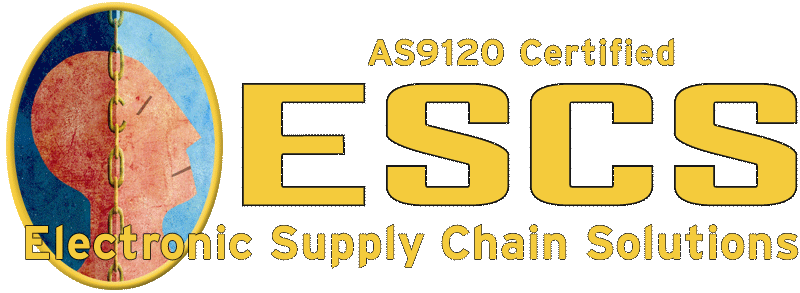What is SVHC?
The European Union's REACH (Registration, Evaluation and Authorization of Chemicals) Regulation mandates all manufacturers of articles communicate the presence of SVHCs (Substances of Very High Concern) which they sell in the European Union.
ESCS has scrapped the following SVHC information from REACHSPOT
REACHSPOT
A Blog for All Information Relating to REACH Legislation
The European Union's REACH (Registration, Evaluation and Authorization of Chemicals) Regulation mandates all manufacturers of articles communicate the presence of SVHCs (Substances of Very High Concern) which they sell in the European Union.
Under the REACH regulations, everyone has been eager to see what the SVHC substances will be. Here is the proposed SVHC 16 that was just released:The proposal includes the following 16 substances:
REACH SVHC Substances
- Anthracene - 4,4'
- Diaminodiphenylmeth ane
- Dibutyl phthalate
- Cyclododecane
- Cobalt dichloride
- Diarsenic pentaoxide
- Diarsenic trioxide
- Sodium dichromate, dihydrate
- 5-tert-butyl- 2,4,6-trinitro- m-xylene (musk xylene)
- Bis (2-ethyl(hexyl) phthalate) (DEHP)
- Hexabromocyclododec ane (HBCDD)
- Alkanes, C10-13, chloro (Short Chain Chlorinated Paraffins)
- Bis(tributyltin) oxide
- Lead hydrogen arsenate
- Triethyl arsenate
- Benzyl butyl phthalate
More information about the Proposed Candidates List is located here:
http://echa. europa.eu/ consultations/ authorisation/ svhc/svhc_ cons_en.asp
Click on 'Link to the Annex XV report' for details on each substance.
Once the list is finalized and in effect, Authorization will be required if companies use these substances.


